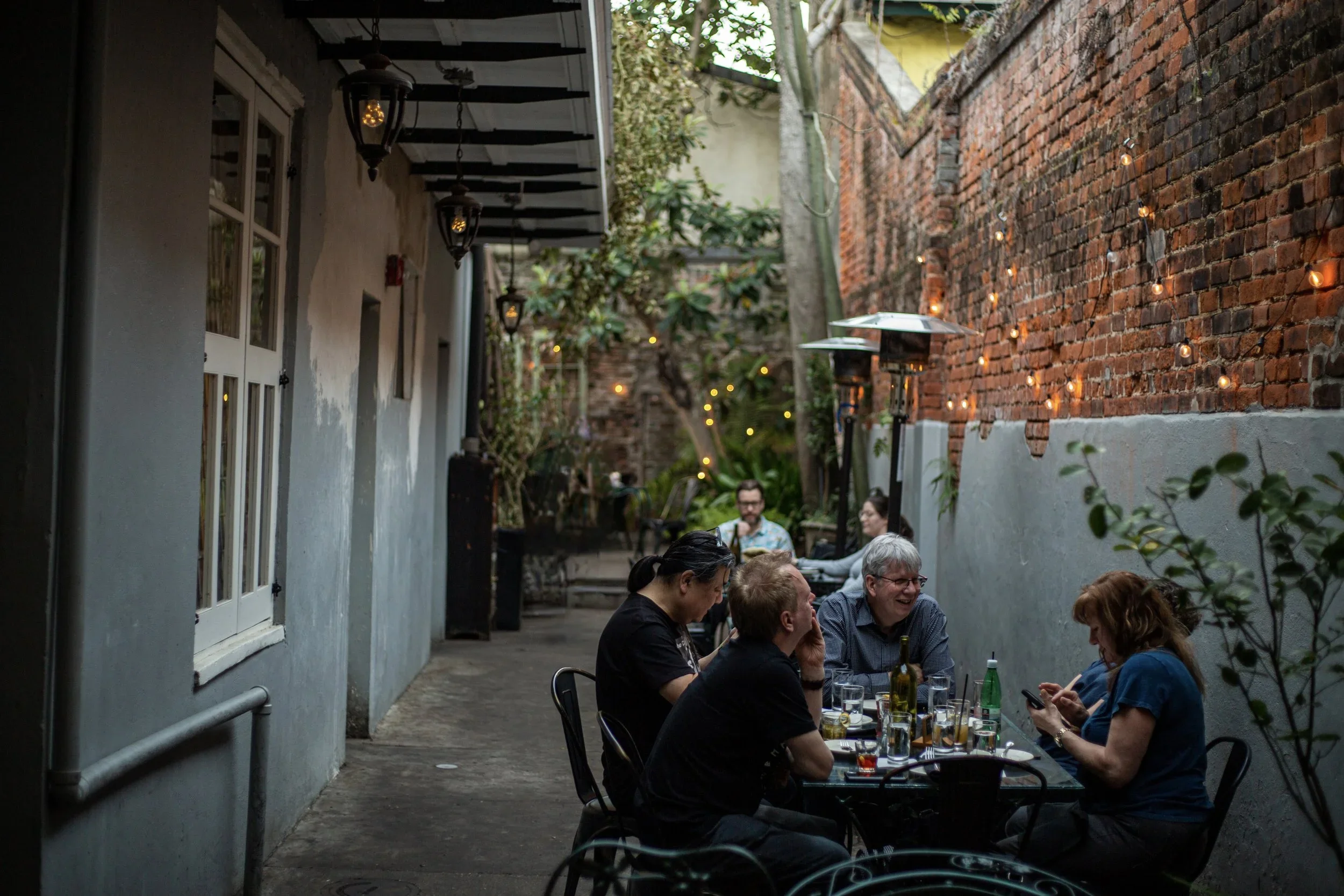
A Historic Home with Stories to Tell
On May 22nd, 1796, Jean-Francois-Marmontel and Andre Getry’s one-act comic opera “Sylvain” was first performed in New Orleans. Residents hungry for something culturally rich, inventive and unpredictable were captivated by the performance. That same year, construction was completed on a three-story carriage house at what is now 625 Chartres Street by local landmark developer Don Andres Almonaster y Roxas.
Since then, the building has been owned by numerous New Orleans dignitaries and characters, including notorious French Quarter Madame Aunt Rose Arnold who presided over her own Storyville brothel and lived at 625 Chartres during the 1920s. Standing over six feet tall, Aunt Rose was an imposing figure and friend of many of the neighborhood’s bohemians as well as friend of famous authors: Sherwood Anderson who wrote of her in “A Meeting South” and Faulkner, who is also believed to have used her as his muse, patterning his character “Miss Reba” after her in “Sanctuary” and “The Reivers.”
Although the world has changed profoundly since the days of Almonaster, Faulkner and Aunt Rose, New Orleans has managed to maintain its reverence for tradition. Much like the first opera ever performed here, the city still places a premium on those attribuces.
The Flag
Hanging in one of our dining rooms is a forty-eight-star American flag from the early 1940s — a gift, of sorts, from an ailing veteran in New York City. He was careful about who would become its next keeper, with one final request: that it always be displayed in a wooden frame with its gold tassels proudly hanging outward.
He passed before we opened our doors, but we honored his wish. The flag hangs in a custom cypress frame, tassels intact, as he envisioned. The frame — a beauty that cost far more than the flag itself — remains a quiet reminder of integrity, craftsmanship, and keeping promises to those who came before us.
Aunt Rose Arnold
Every old New Orleans building has a story; ours just happens to have a hostess.
Aunt Rose Arnold, a towering six-foot-tall Madame from the 1920s, once owned this carriage house and ran a brothel in Storyville. She was known to entertain the city’s literary elite — including Tennessee Williams and William Faulkner — and legend has it that Faulkner wrote The Reivers in our courtyard.
Aunt Rose never really left. She’s been known to play small pranks — untying aprons, moving bar tools — the kind of mischief that suits our spirit. To keep her in good humor, we leave a Sazerac on a shelf behind the bar each night. So far, she seems pleased.
The Goddamn Wall
At the back of our courtyard stands what’s believed to be the second-oldest brick wall in New Orleans, dating back to the mid-1700s. During construction, the Vieux Carré Commission — the watchful guardian of the French Quarter — seemed most concerned about that “goddamn wall.”
Only later, with help from the Historic Archives Collection, did we learn why. The wall’s lineage traces through French colonial property records, marking it as a rare and surviving piece of early New Orleans architecture. Today, it frames our candlelit courtyard — a gathering place where centuries of stories, laughter, and good whiskey all seem to echo a little louder.




